Preventing Meniscus Tears
Athletes can avoid meniscus tears by training for both strength and flexibility, staying hydrated, and regularly analyzing mechanical skills execution and correcting errors. Older adults can avoid knee problems in general by remaining physically active, maintaining a healthy weight, staying strong and flexible, and avoiding medications.
Certain medications like statins, estrogen drugs, antidepressants, osteoporosis medicines and blood pressure drugs can contribute to knee pain and associated joint issues. Making healthy lifestyle choices on a daily basis can steer you away from harmful prescription medications that can damage your joints and increase your risk of injury.
A nutrient-dense, protein-rich diet that promotes collagen production and muscle growth can help to maintain the integrity of the knee joints. Steer clear of sugar and refined carbohydrates and oils, all of which are prime contributors to joint inflammation that can set you up for knee injuries.


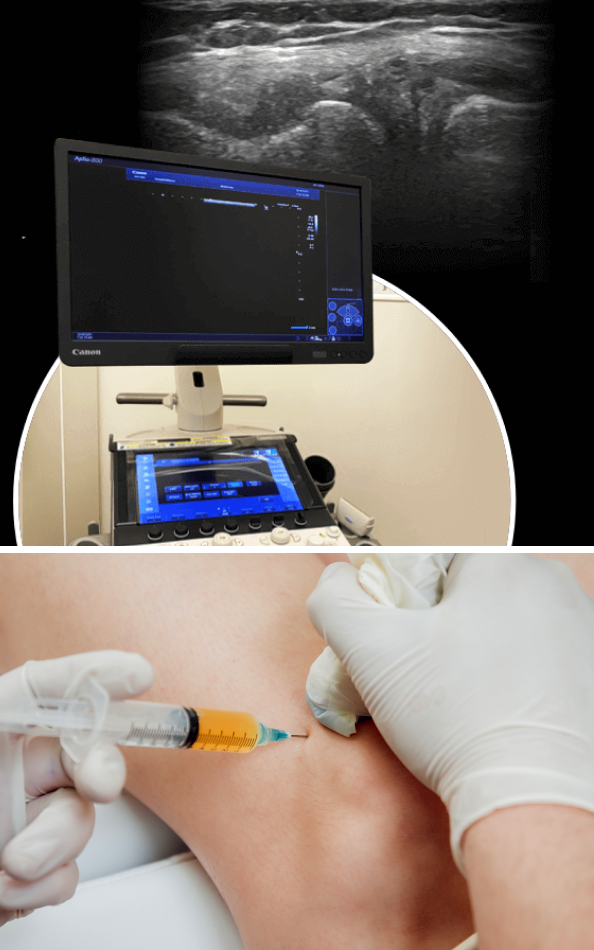

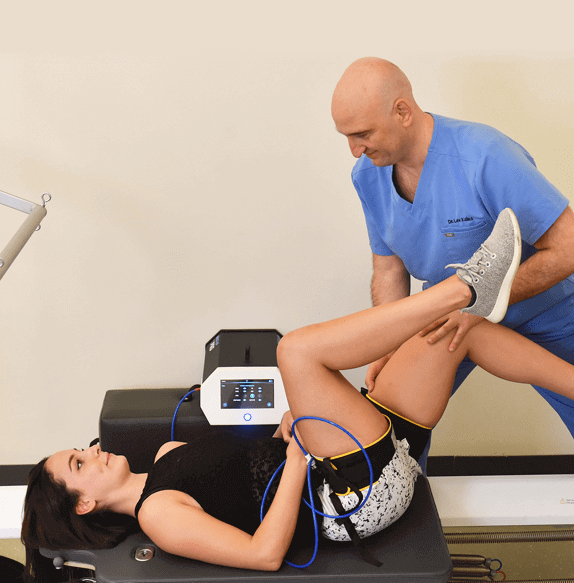
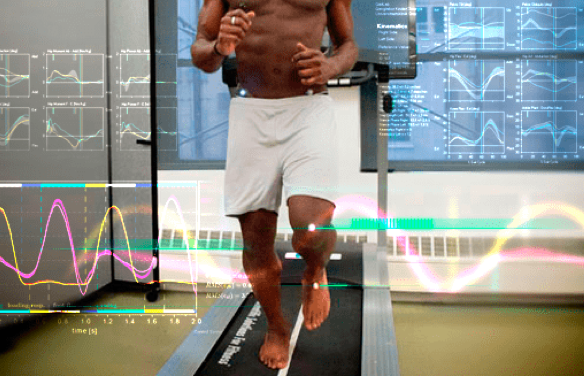
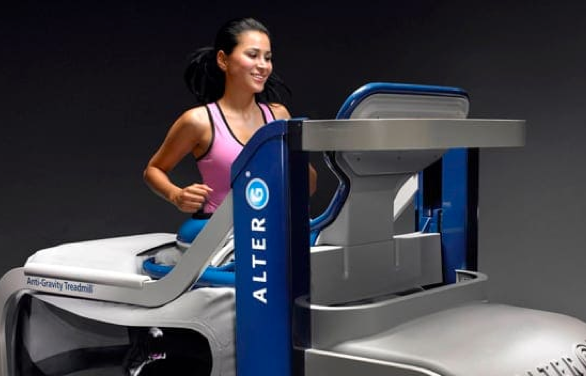
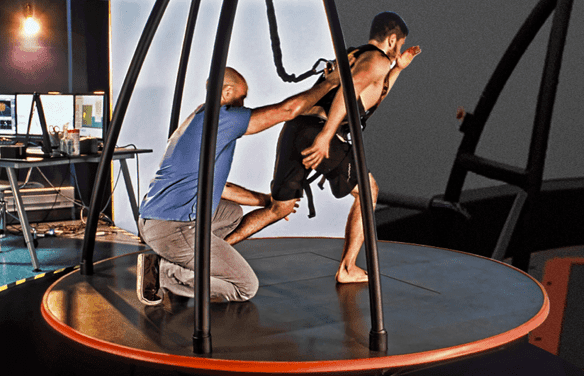

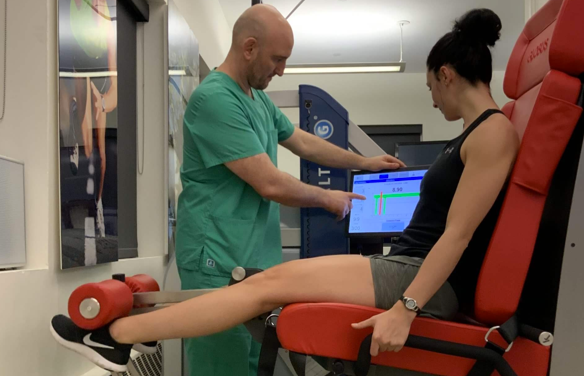
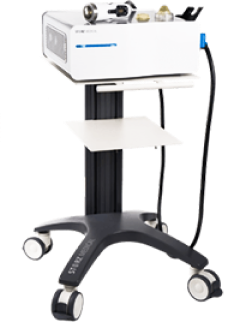
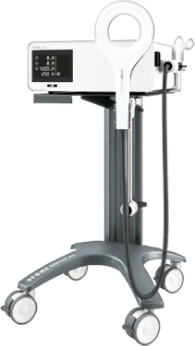
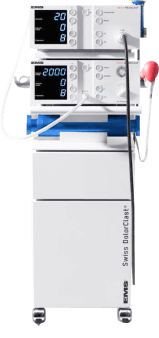
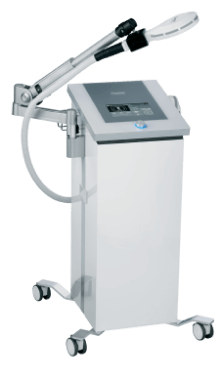
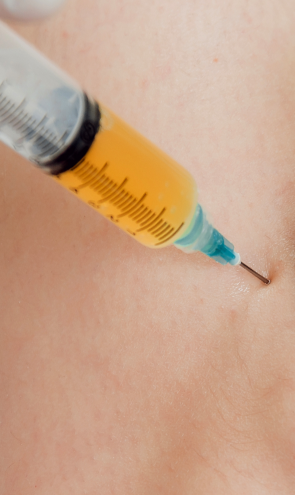
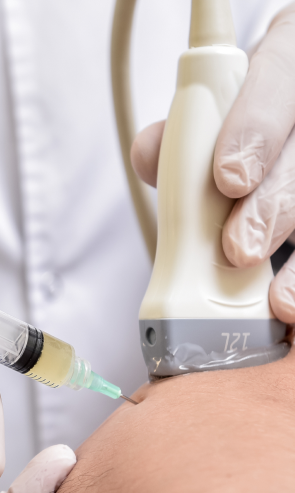

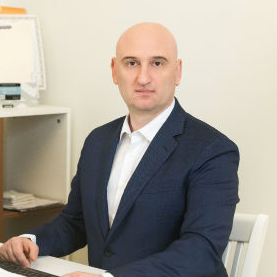
























 Dr. Mikhail Bernshteyn
Dr. Mikhail Bernshteyn  Dr. Michael Goynatsky
Dr. Michael Goynatsky 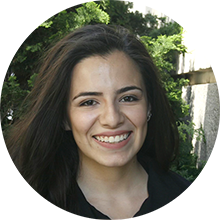 Dr. Daniela Escudero
Dr. Daniela Escudero  Dr. Michelle Agyakwah
Dr. Michelle Agyakwah  Dr. Tatyana Kapustina
Dr. Tatyana Kapustina 




























